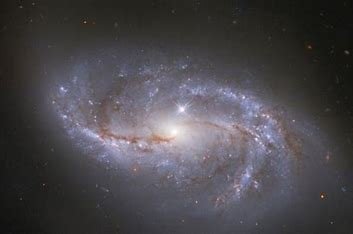According to a recent study based on the latest telescope data, approximately one-third of the planets orbiting the most common stars in the Milky Way galaxy could potentially host liquid water and harbor life. These common dwarf stars, which are smaller and cooler than the Sun, make up a significant portion of the galaxy’s stellar population, with billions of planets in their orbit.
The research, published in the journal Proceedings of the National Academy of Sciences, focused on analyzing the eccentricity of over 150 planets orbiting M dwarf stars, which are comparable in size to Jupiter. The team, led by Sheila Sagear, a doctoral student at the University of Florida (UF), and UF astronomy professor Sarah Ballard, measured the planets’ orbital characteristics to determine their potential habitability.
The study revealed that two-thirds of the planets in orbit around these common dwarf stars are subjected to extreme tidal forces, rendering them unsuitable for hosting life. However, the remaining one-third, amounting to hundreds of millions of planets across the galaxy, are in a “goldilocks orbit” – close enough to their stars to maintain liquid water and gentle enough to potentially support life.
The researchers utilized data from NASA’s Kepler telescope, which tracks the movements of exoplanets as they pass in front of their host stars. Additionally, they incorporated data from the Gaia telescope, which provides precise measurements of stellar distances in the galaxy.
Notably, the team discovered that stars with multiple planets were more likely to have circular orbits, enhancing their potential for sustaining liquid water. Conversely, stars with only one planet tended to experience tidal extremes that would sterilize their surfaces.
The findings hold significant implications for future exoplanet research, as the focus shifts towards studying this population of small stars. With one-third of the analyzed planets exhibiting favorable orbits for liquid water, it is estimated that the Milky Way boasts hundreds of millions of potential targets for further investigation in the search for extraterrestrial life.
The study sheds light on the vast diversity of planetary systems within our galaxy and underscores the importance of exploring habitability beyond our solar system. By identifying promising candidates for hosting life, scientists can narrow down their search and focus on studying these intriguing worlds in more detail, bringing us closer to answering the age-old question of whether we are alone in the universe.

